Any links to online stores should be assumed to be affiliates. The company or PR agency provides all or most review samples. They have no control over my content, and I provide my honest opinion.
Last year I reviewed the excellent FRITZ!Box 4060 tri-band WiFi 6 router and its companion FRITZ!Repeater 6000 tri-band mesh repeater.
Later in the year, AVM launched the more affordable FRITZ!Repeater 3000 AX, which is what I am reviewing today. This is also a tri-band WiFi 6 repeater but cuts down on some of the specs allowing this to launch at an RRP of €189, which is €70 cheaper than the FRITZ!Repeater 6000.
It is also worth noting that I was sent the UK model of this FRITZ!Repeater. Most of the time, I get sent EU models, making it difficult to know if or when there will be UK availability.
FRITZ!Repeater 3000 AX vs FRITZ!Repeater 6000 Specification
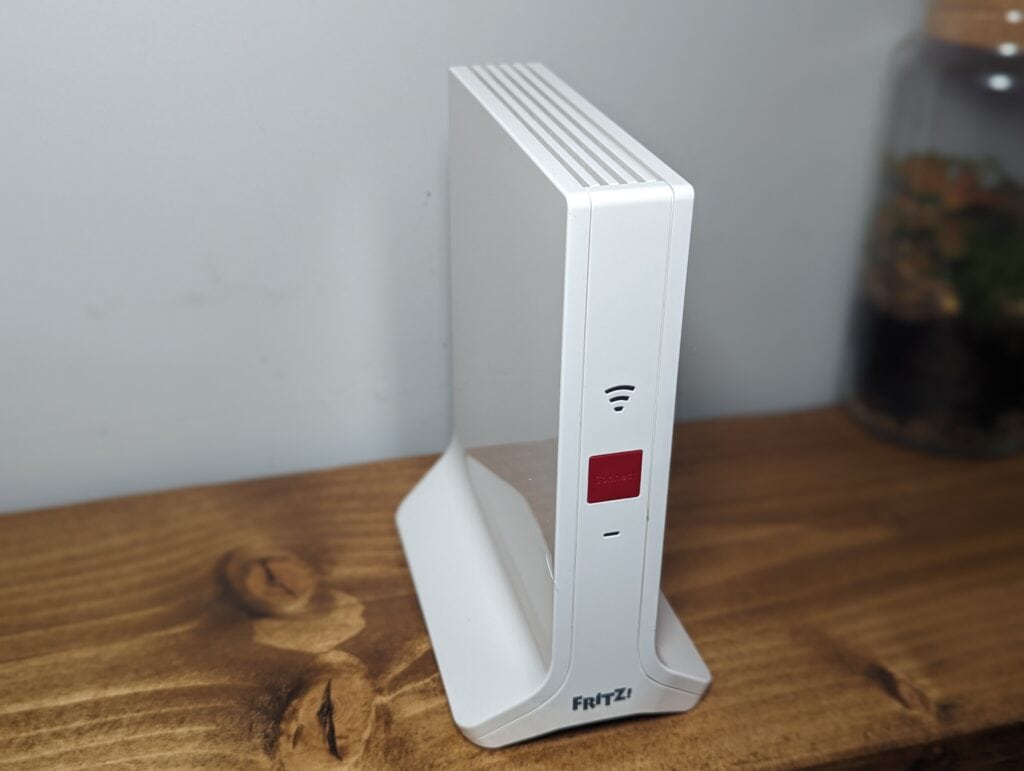
| FRITZ!Repeater 3000 AX | FRITZ!Repeater 6000 | |
|---|---|---|
| WiFi | 2400 Mbit/s (5 GHz, 4 x 4) 1200 Mbit/s (5 GHz, 2 x 2) 600 Mbit/s (2.4 GHz, 2 x 2) Supports 160 MHz Wi-Fi connections (VHT160) | 2400 Mbit/s (5 GHz, 4 x 4, 80 MHz) 2400 Mbit/s (5 GHz, 4 x 4, 80 MHz) 1200 Mbit/s (2.4 GHz, 4 x 4, 40 MHz) |
| Ethernet | 2 x gigabit ports (10/100/1000 Mbit/s) | 1 x 2.5 gigabit LAN (10/100/1,000/2,500 Mbit/s) 1 x gigabit LAN (10/100/1,000 Mbit/s) |
| Wired Backhaul | Yes | Yes |
| Compatibility | All common wireless routers | All common wireless routers |
The main difference between the 3000 AX and 6000 is that the 3000 AX has few radios, using 2×2 MIMO for one of the 5GHz bands and the 2.4GHz band. This technically shouldn’t impact performance too much as clients are limited to 2×2.
What is interesting is that the FRITZ!Repeater 3000 AX supports 160Mhz wide channels, so a client will be able to connect at theoretical speeds of up to 2400Mbps.
The FRITZ!Repeater 6000 then has a 2.5GbE port for one of the Ethernert ports.
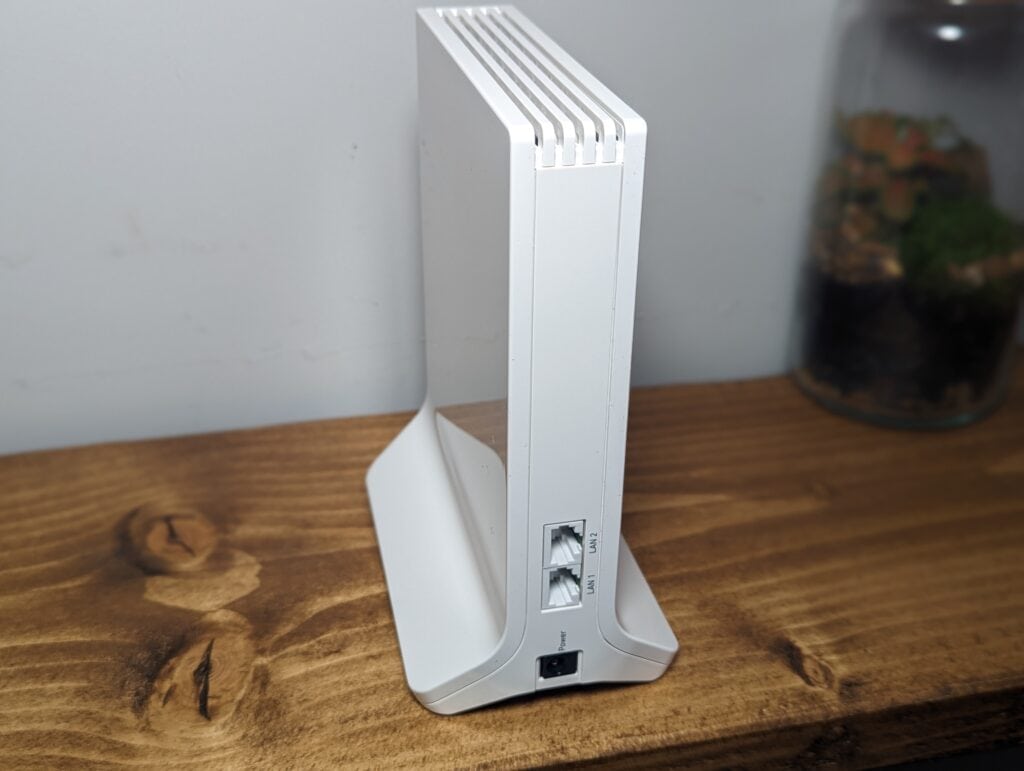
Compatibility
The FRITZ!Repeater 3000 AX is designed to be paired up with FRITZ!Box routers. In particular, it will be best paired with the FRITZ!Box 4060 because they are both tri-band, and this will allow them to use a dedicated 5GHz band for the backhaul.
However, this also works as a normal repeater and pairs it up with any brand router. It will connect to the existing router WiFi the rebroadcast (repeat) it, either as the same SSID or something unique.
Set-Up
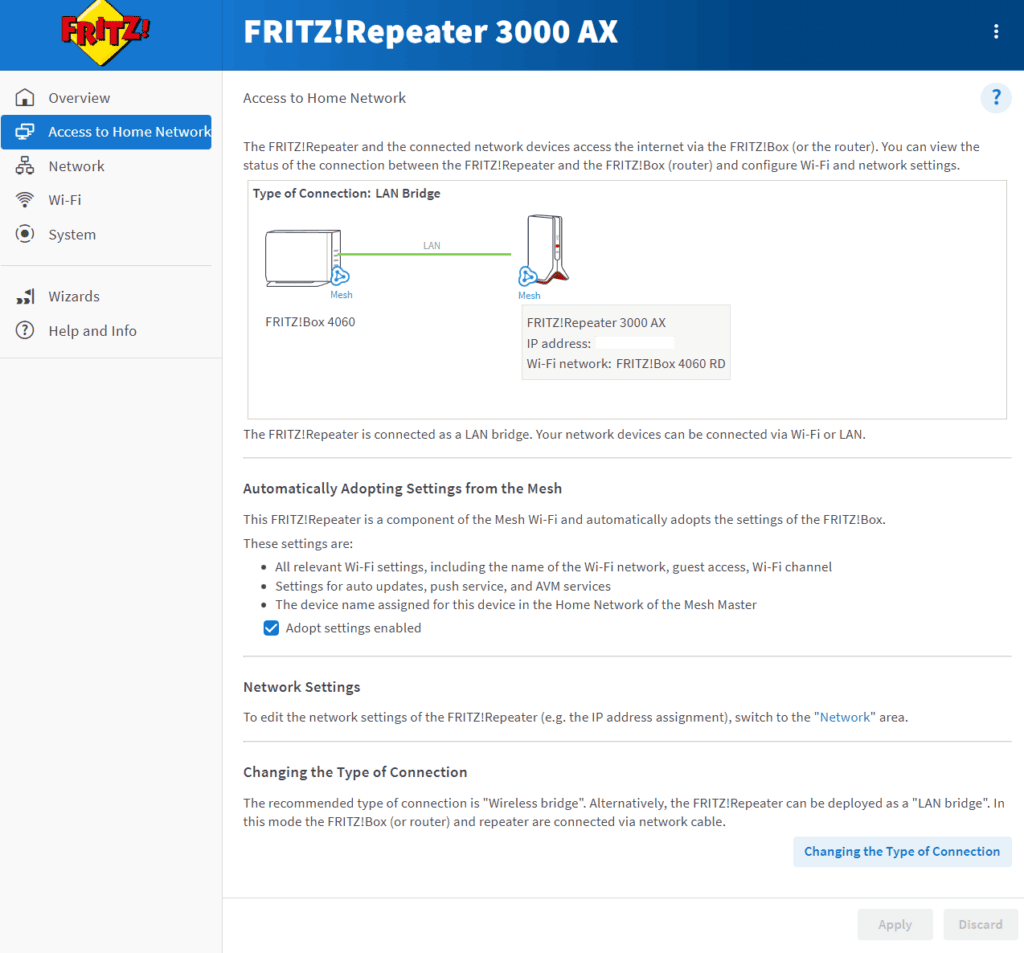
The FRITZ!Repeater devices can work in three modes:
- Mesh node when paired with a mesh-enabled FRITZ!Box
- Wireless repeater, which will work with any router
- Wired repeater/access point – and similar to the mesh function if this is paired with a FRITZ!Box, it should work seamlessly with your current system.
If you are setting this up as a mesh system, you just need to press the connect button on the repeater and the connect button on the router, and it should automatically set up. The repeater will adapt all the WiFi settings from the router, and you will be able to seamlessly roam around your home.
That’s how I set everything up at first, but if you want to set it up as a normal repeated or change the connection type, you will want to go to the IP of the repeater and manually set it up.
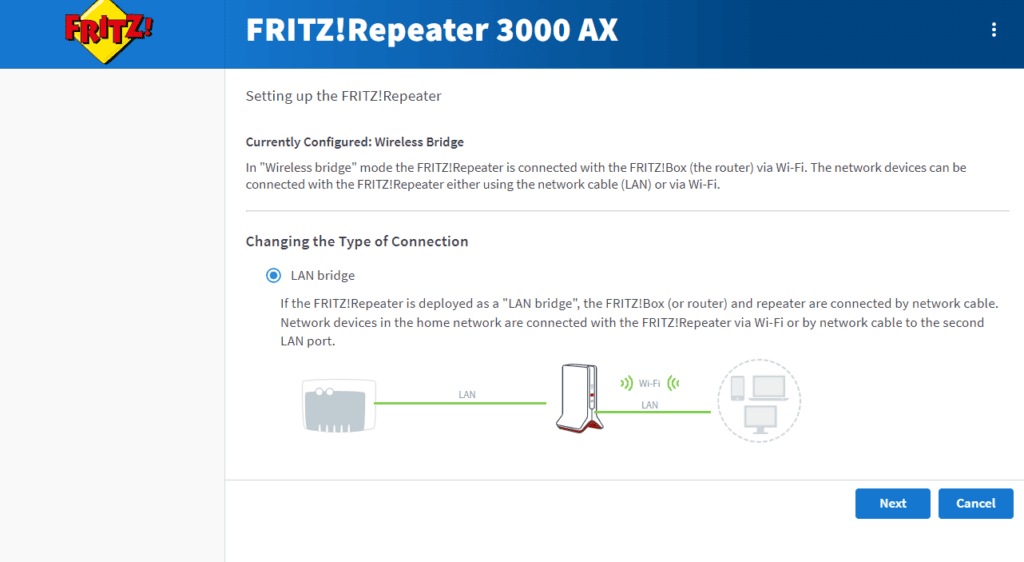
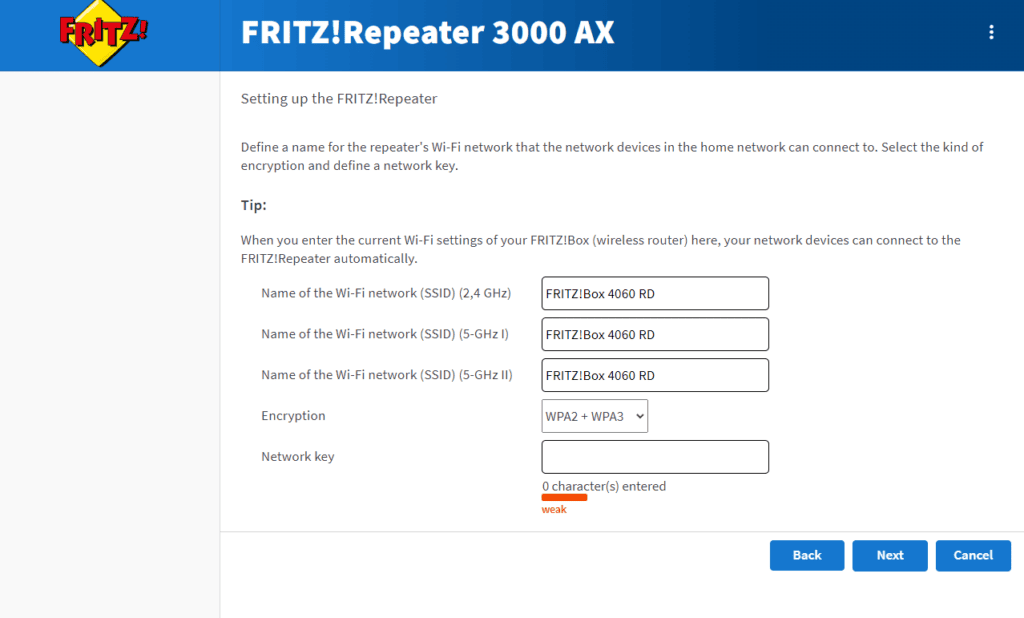
To change the connection type, you need to go to the access to home network section and select the option at the bottom. When you go through the settings, it will ask you about setting up the WiFi network. If you have previously connected as a mesh system, you don’t need to worry about changing anything, it will automatically adopt the settings.
Wireless backhaul performance
With this review, I set the system up differently than the Fritz!Repeater 6000, so I retested everything to provide a better comparison. Rather than setting up a network just for the Fritz products, I finally replaced my FRITZ!Box 7590 which I have been running for over five years for my main home router.
Therefore, this time, the router is located in our front room, and then the repeater is in my office, which is two rooms over and one floor up.
Testing with iPerf connecting my office PC to my Unraid server, I achieved:
- FRITZ!Box 4060: 94.9 Mbits/sec
- FRITZ!Repeater 3000 AX: 306 Mbits/sec
- FRITZ!Repeater 6000: 518 Mbits/sec
Wired backhaul performance
The alternative way of using the FRITZ!Repeater 3000 AX is with a wired backhaul or LAN bridge. This effectively makes it an access point.
At close range, I achieved an impressive 956 Mbits/sec. This is thanks to the 160MHz channel width, and it will likely be the gigabit Ethernet holding the speeds back.
With the FRITZ!Repeater 6000, I managed 896 Mbits/sec.
Wireless backhaul with wired ethernet for client
This test was technically unnecessary, but in theory, the two repeaters should have the same sort of performance with the wireless backhaul due to the 4×4 MIMO connection. However, the above results were quite different. Using the wireless backhaul and then the Ethernet connection to my PC helps confirm the difference in performance.
- FRITZ!Repeater 3000 AX: 311 Mbits/sec
- FRITZ!Repeater 6000: 606 Mbits/sec
My PC has 2.5GbE, so in theory, if the FRITZ!Repeater 6000 was closer to the FRITZ!Box 4060, I might be able to exceed gigabit speeds.
Price and Alternative Options
| Preview | Product | Rating | Price | |
|---|---|---|---|---|

| FRITZ!Repeater 3000 AX Répéteur réseau 2400 Mbit/s Blanc | £195.89 | Buy on Amazon |
The FRITZ!Repeater 3000 AX is listed on Amazon UK for around £143 but will be the EU model with a two-pin plug. The RRP is 189 Euro, and Amazon Germany currently has it for €162.90
The Fritz!Repeater 6000 is available for €213.78 with an RRP of €259.00.
If you are setting up a new system from scratch and need a router, the AVM FRITZ!Box 7590 AX is €253.17 or the FRITZ!Box 4060, which I used, is €211.7
Overall
The FRITZ!Repeater 3000 AX is an interesting product. On the one hand, it performs about how you would expect it to in comparison to the Fritz!Repeater 6000.
The specification doesn’t give any indication of this but the Fritz!Repeater 6000 has a significantly better range based on my testing and therefore justifies the €50 or so price difference. The FRITZ!Repeater 3000 AX still does a great job at extending the range, but it will work better in smaller homes.
However, if you plan on using a wired backhaul, you may as well get the FRITZ!Repeater 3000 AX and save yourself some money. The 160MHz channel allows it to provide superior throughput. The only caveat here would be that the 2×2 MIMO will have less capacity to handle lots of clients.
Overall, the FRITZ!Repeater 3000 AX is an excellent WiFi 6 repeater that compliments the FRITZ!Box 4060 perfectly giving you a tri-band WiFi 6 mesh system.
AVM FRITZ!Repeater 3000 AX Review Rating
Summary
The FRITZ!Repeater 3000 AX is an excellent WiFi 6 repeater that compliments the FRITZ!Box 4060 perfectly giving you a tri-band WiFi 6 mesh system.
Overall
80%-
Overall - 80%80%
Pros
- Lower price point vs Fritz!Repeater 6000
- 160Mhz channel width increases throughput
Cons
- Range is not as good as the Fritz!Repeater 6000
I am James, a UK-based tech enthusiast and the Editor and Owner of Mighty Gadget, which I’ve proudly run since 2007. Passionate about all things technology, my expertise spans from computers and networking to mobile, wearables, and smart home devices.
As a fitness fanatic who loves running and cycling, I also have a keen interest in fitness-related technology, and I take every opportunity to cover this niche on my blog. My diverse interests allow me to bring a unique perspective to tech blogging, merging lifestyle, fitness, and the latest tech trends.
In my academic pursuits, I earned a BSc in Information Systems Design from UCLAN, before advancing my learning with a Master’s Degree in Computing. This advanced study also included Cisco CCNA accreditation, further demonstrating my commitment to understanding and staying ahead of the technology curve.
I’m proud to share that Vuelio has consistently ranked Mighty Gadget as one of the top technology blogs in the UK. With my dedication to technology and drive to share my insights, I aim to continue providing my readers with engaging and informative content.
Last update on 2025-07-02 / Affiliate links / Images from Amazon Product Advertising API

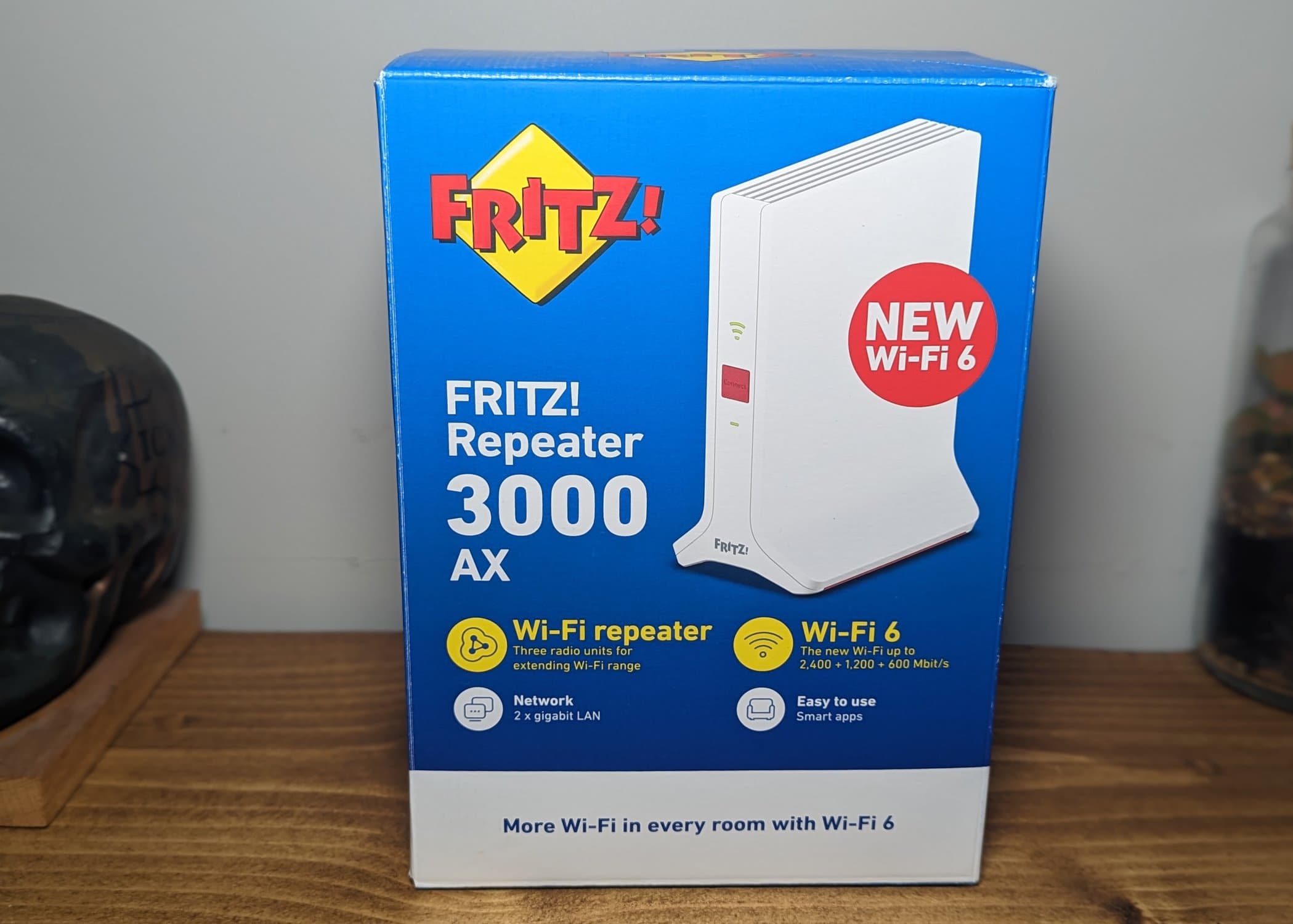
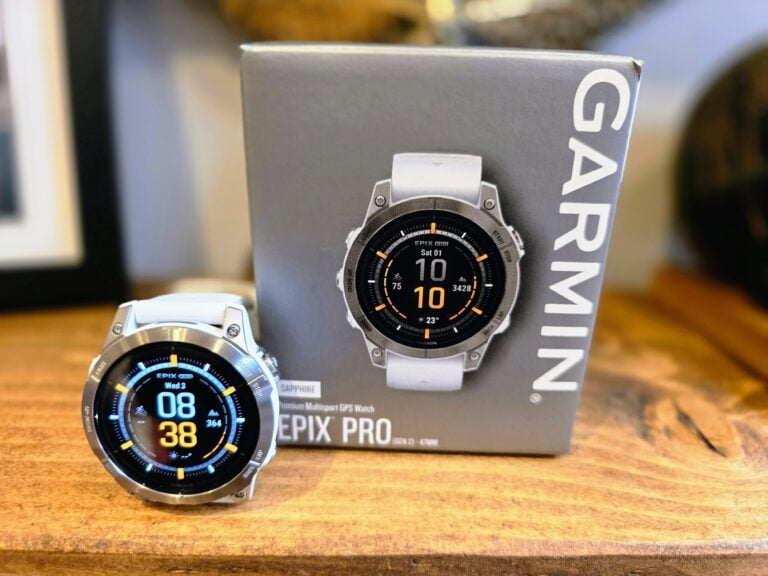
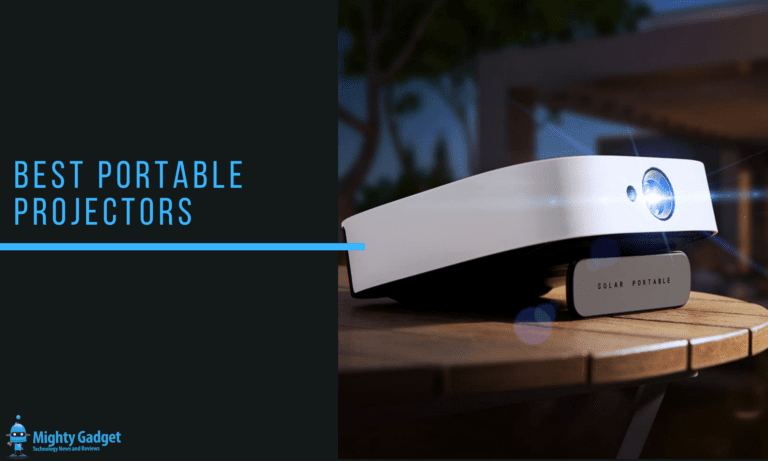
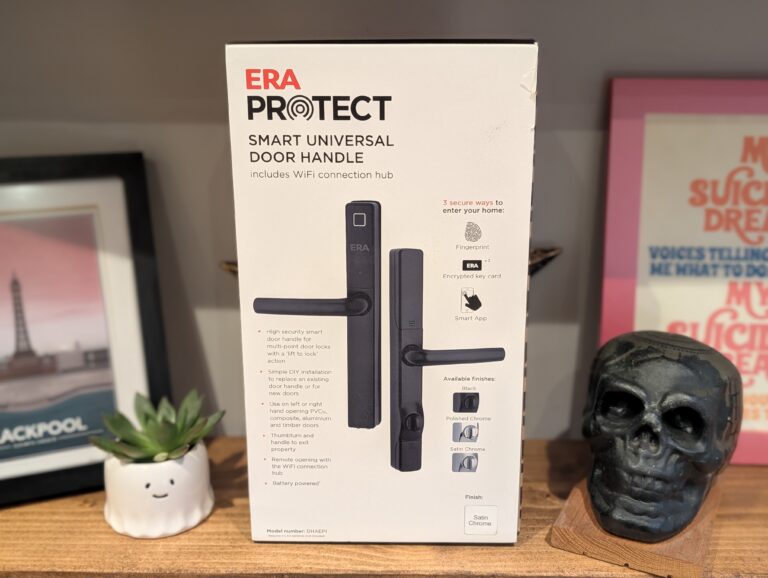
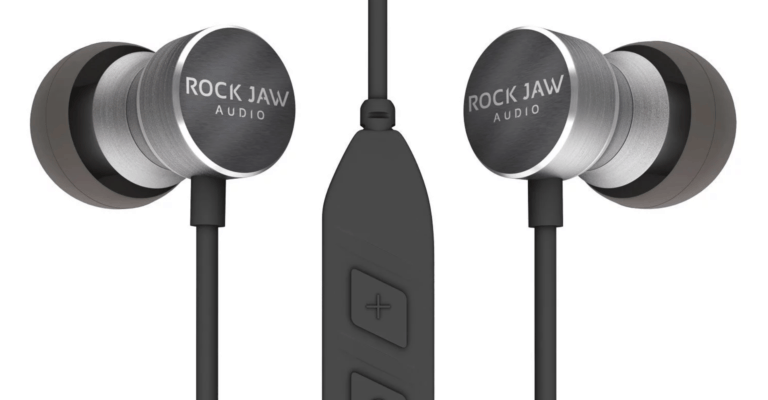


You are the only one that got better range on the 6000 vs the 3000AX. All other reviewers got better range on the 3000AX sans one who got slightly worse range. So I don’t trust this review. Going with the 3000AX since it seems to be having better range. The 6000 is outdated product.
Fair enough, that’s a valid criticism, and I always recommend that people check multiple reviews.
I do my best to keep test setups the same, but the reviews were a year apart, and WiFi performance can be temperamental at the best of times.